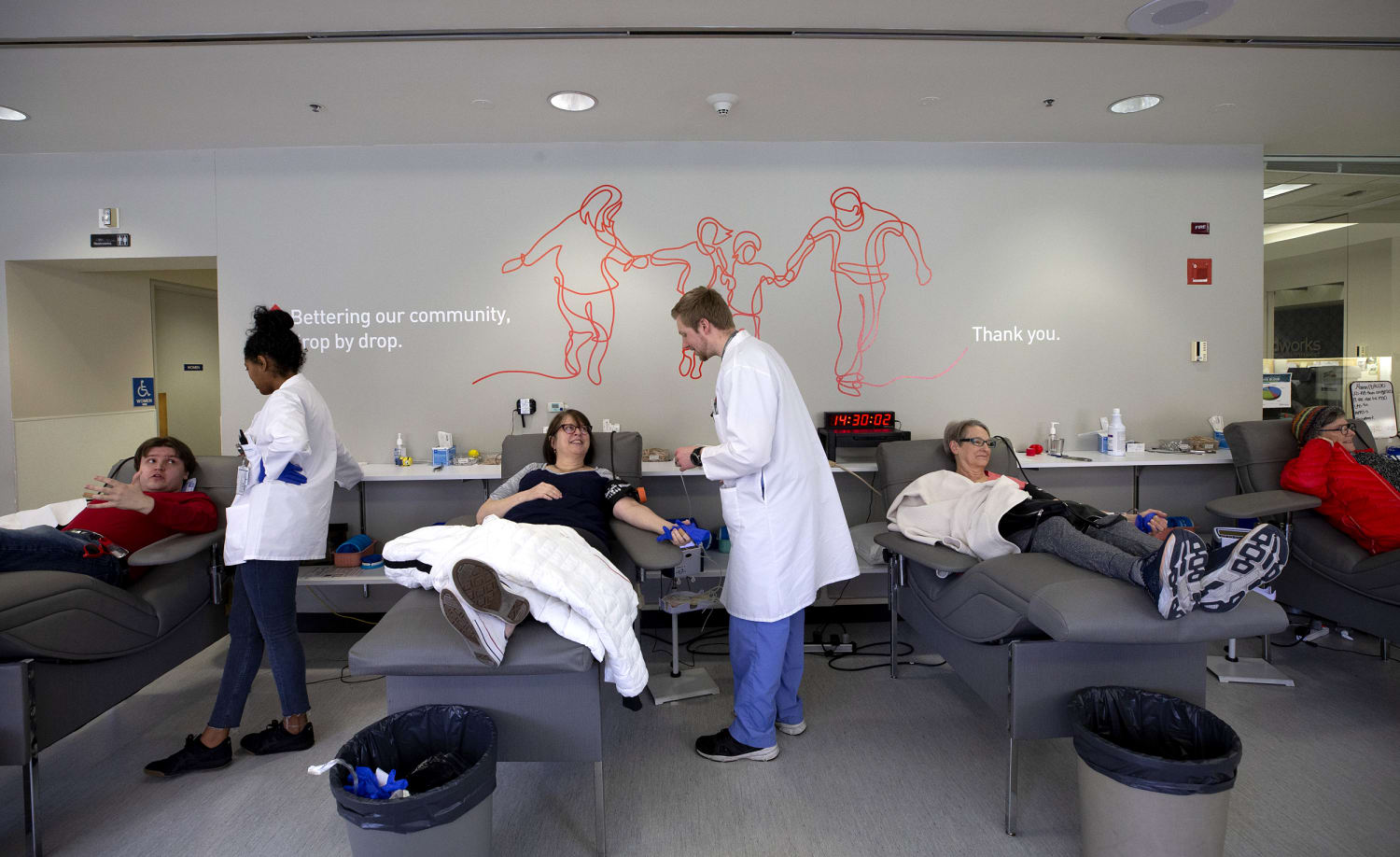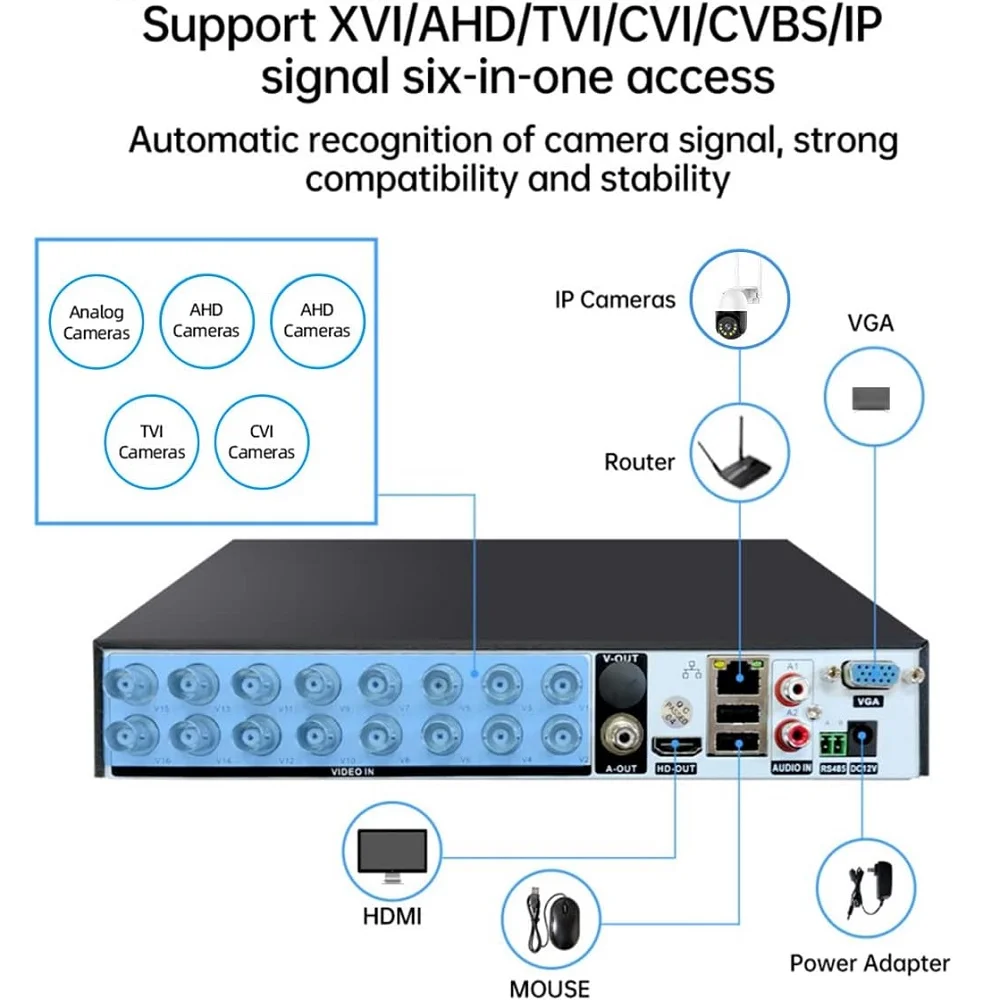Plasma donation has become an increasingly popular way for donors to earn extra income while also helping manufacture life-saving therapies. But just how many plasma donation centers exist to facilitate this process?
In this article, we’ll examine how many total plasma collection centers operate in the United States. We’ll look at growth trends over the past decade and analyze the geographical distribution of plasma donation centers across different states.
Gaining knowledge of the size and expansion of the plasma collection sector will help you better understand this essential area of healthcare.
What Is A Plasma Donation Center?
First, let’s define what a plasma donation center is. Also known as plasma collection centers, these facilities provide a location for donors to voluntarily give plasma donations.
Plasma makes up about 55% of blood and contains proteins essential for regulating bleeding and immunity. Plasma donation centers obtain plasma from donors that is then manufactured into various therapies treating rare health conditions.
Donors are financially compensated for each donation provided. Plasma donation centers oversee donor screening, the plasma collection process, post-donation care, and compensation payment.
Current Number Of Plasma Donation Centers
According to recent plasma industry statistics, there are presently over 800 plasma collection centers in operation across the United States. This includes nearly 200 Grifols Plasma centers, 270 CSL Plasma centers, and 130 BioLife plasma donation locations among other smaller specialty centers.
The number of active plasma donation centers has expanded significantly over the past decade. Ten years ago, estimates placed the total figure at approximately 600 total centers nationwide.
Due to the rising demand for plasma-derived treatments, the number of sites has grown to over 800 today, a 30% increase. Some programs, such as the biolife coupon $600 in three donations, attract more donors to support this vital industry.
Plasma Center Concentrations By State
While plasma centers exist in most states, some areas of the country have higher concentrations:
- California – 74 centers
- Florida – 60 centers
- Texas – 58 centers
- North Carolina – 35 centers
- Georgia – 33 centers
High populations in these states make them attractive markets for plasma collections. Additionally, states with large urban centers tend to feature the highest number of plasma donation options.
More rural states may only have 1-3 plasma collection centers in total. But most states now provide reasonable access thanks to the overall growth in facilities over the past decade.
Factors Driving Growth In Plasma Collections
Several key factors have fueled the expansion of plasma donation centers in the United States:
- Increased diagnosis of rare diseases – Better detection results in more patients who rely on plasma-derived therapies.
- New plasma protein therapies – Pharmaceutical innovation expands the range of conditions treated with plasma proteins.
- Growing elderly population – More seniors increase cases of applicable age-related conditions.
- Plasma supply challenges – Periodic plasma shortages necessitate boosting reliable domestic access.
- Higher quality requirements – Updated standards require a larger pool of consistent, monitored donors.
- Profit motivation – Plasma collection is a multi-billion dollar industry and growing.
Driven both by nonprofit medical necessity and corporate profits, plasma donation center expansion provides improved patient access while also financially rewarding donors.
Future Plasma Collection Trends
Expect continued gradual growth in plasma donation centers in coming years for several reasons:
- New therapies will further increase patient demand for plasma proteins.
- Improved diagnosis especially in developing nations will reveal more cases requiring treatment.
- Positive outcomes and increased longevity will grow patient populations living with rare diseases.
- Shortages of plasma due to unforeseen events will underscore the need for capacity redundancy.
- Corporations will seek to expand their plasma market share and revenue streams.
Barring alternative treatments displacing plasma proteins, donation center volumes seem likely to keep slowly rising.
What State Has The Most Plasma Donation Centers?

Presently, California has the most centers at 74, followed by Florida with 60 locations. These large states naturally support more plasma facilities.
What Areas Have The Fewest Plasma Centres?
Very rural states or those with lower populations generally have the fewest plasma collection sites, often only 1-3 locations total.
Will There Be A Plasma Center Near Me?
With over 800 nationwide and 30% growth in the past decade, most areas now have reasonable geographic access to donate plasma.
How Quickly Are New Plasma Centers Opening?
Expansion is gradual, averaging around 2-3% per year. Shortages may temporarily accelerate openings to rebuild inventories.
Are More Centers Better For Donors?
Yes, competition between centers in the same region often leads to enhanced compensation rates and incentives.
Conclusion
In summary, current estimates indicate over 800 plasma donation centers now operate in the United States. Higher concentrations exist in high-population states, while growth has provided most areas at least basic geographic access compared to a decade ago.
Projections suggest continued gradual expansion driven by new therapies, increased diagnosis, demographic shifts, supply chain needs, and corporate motivations. While exact numbers fluctuate, growth in the number of plasma collection centers ultimately benefits both donors and patients reliant on plasma protein treatments.





Be First to Comment